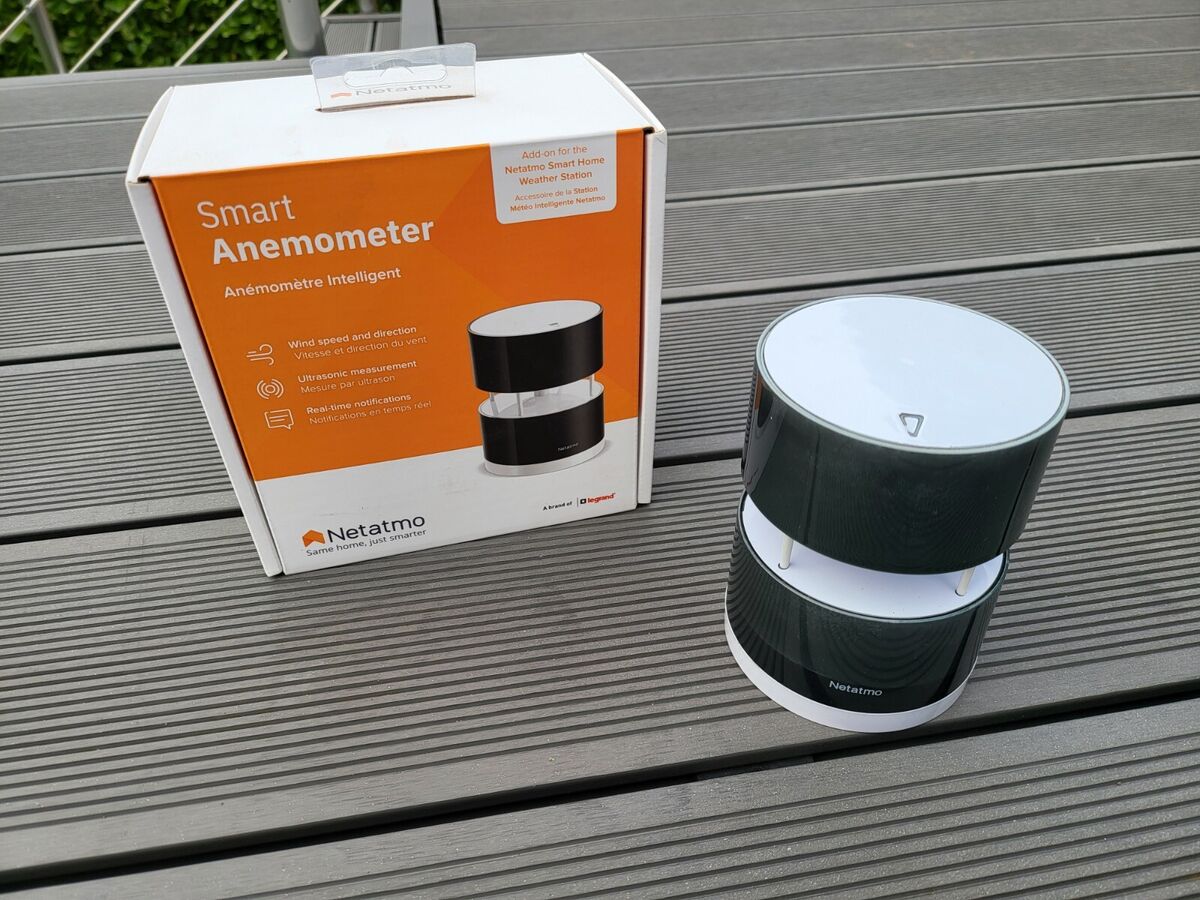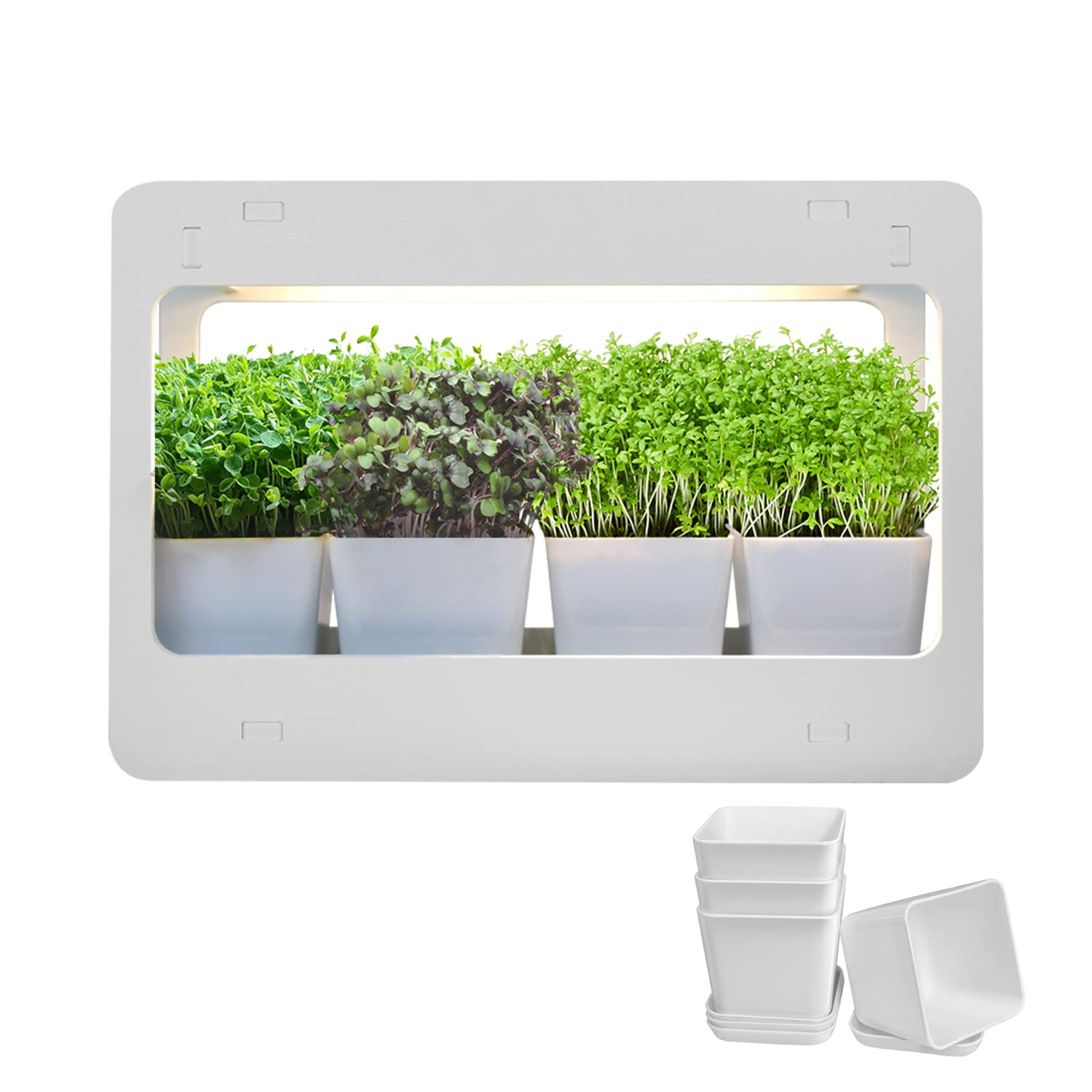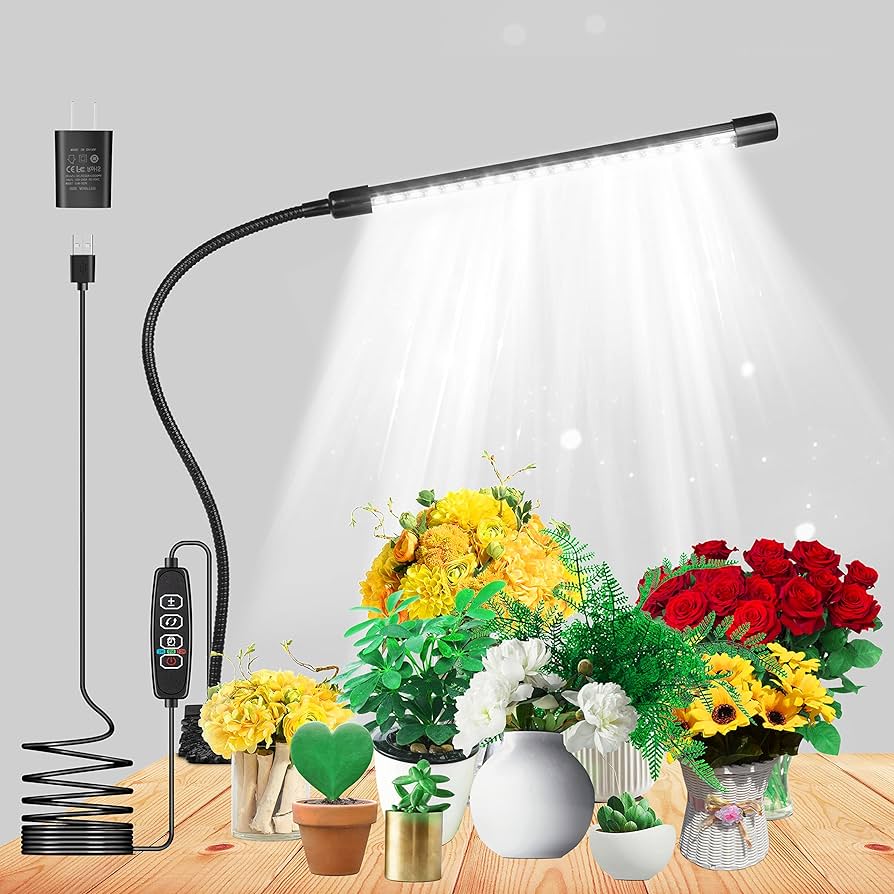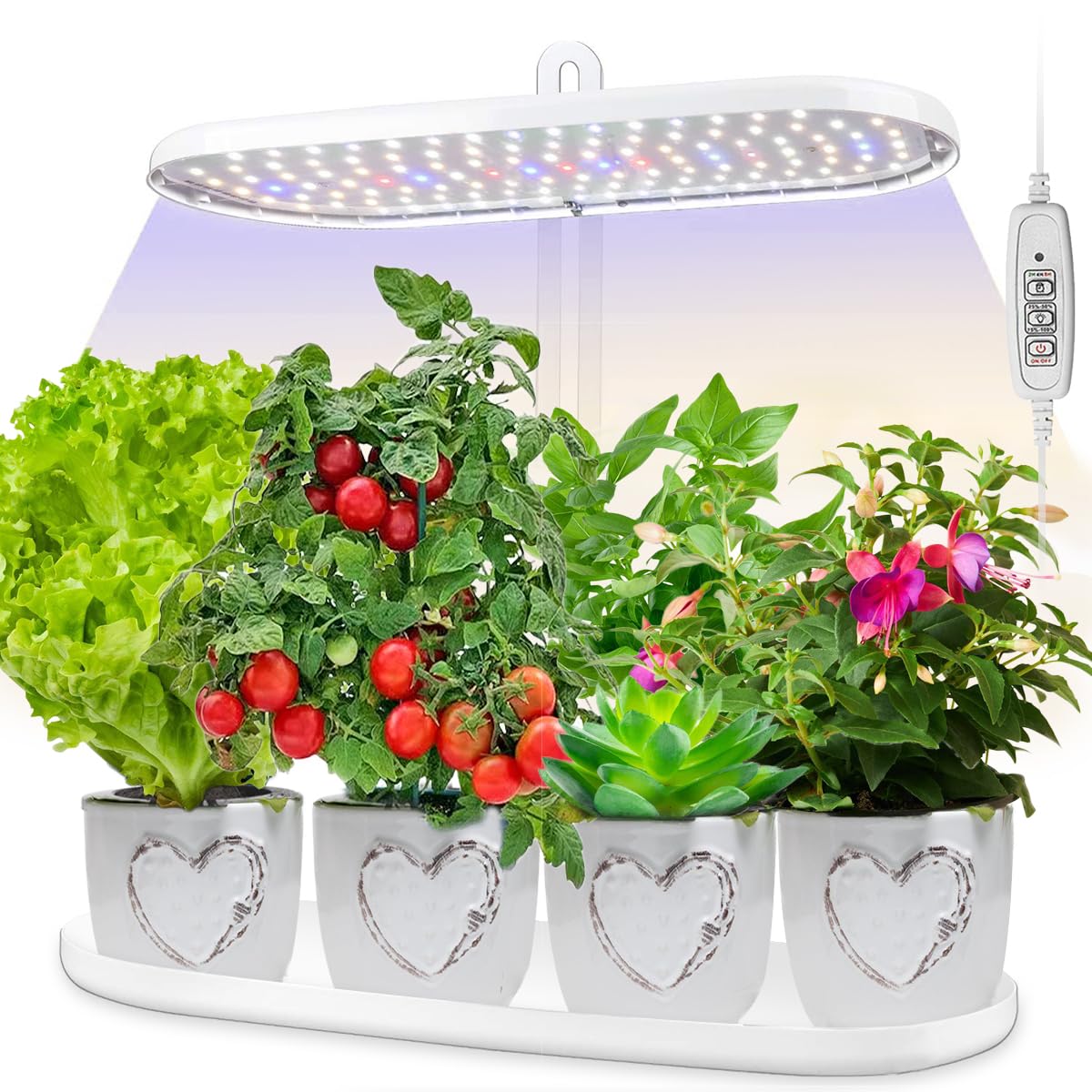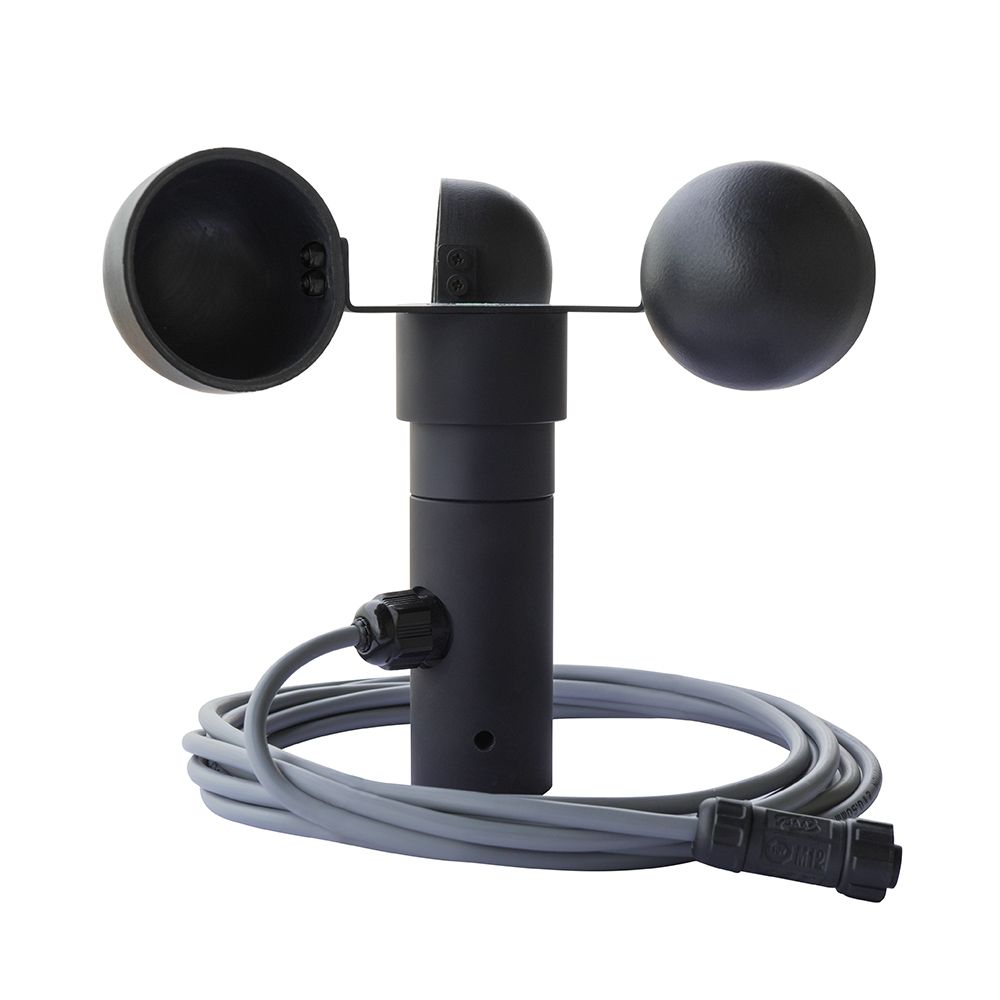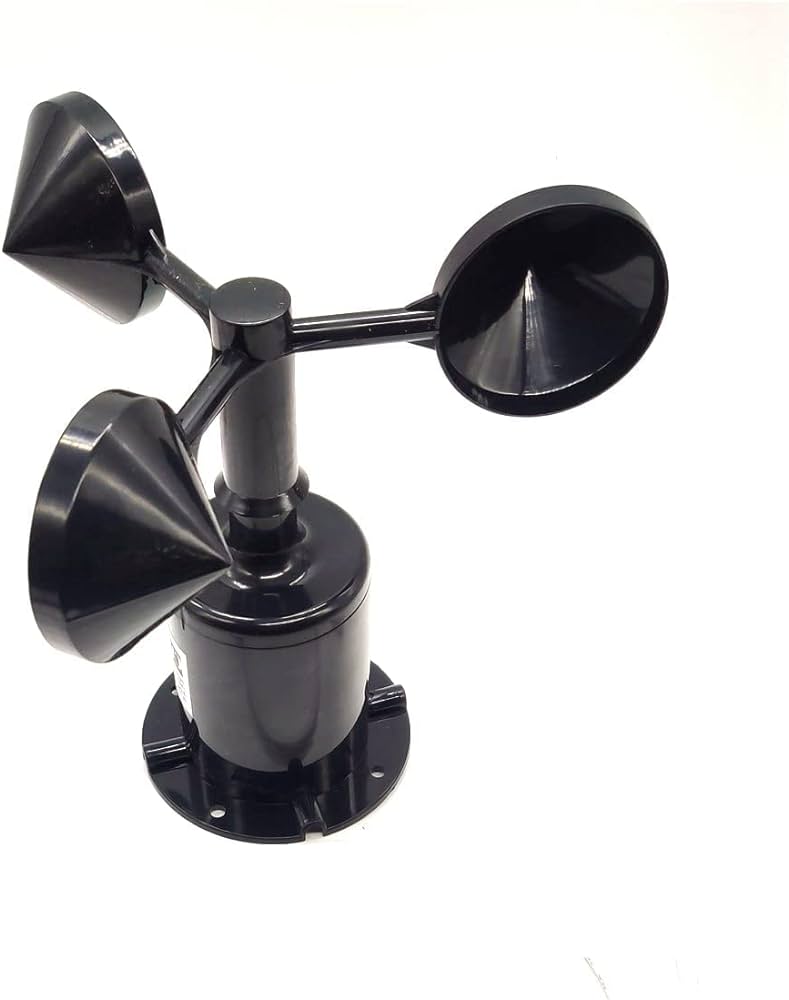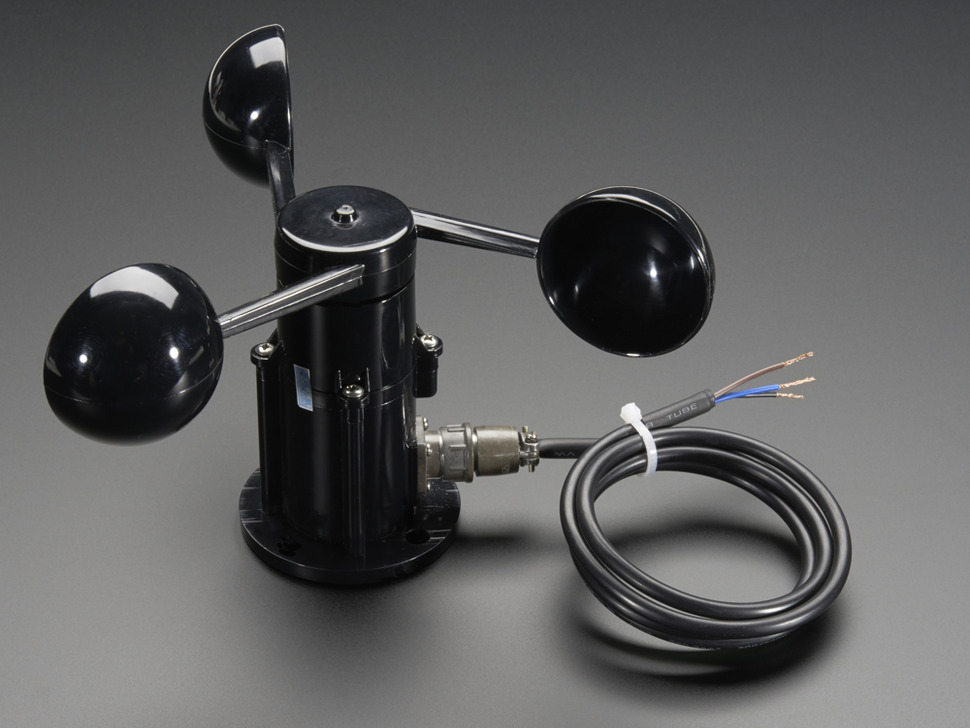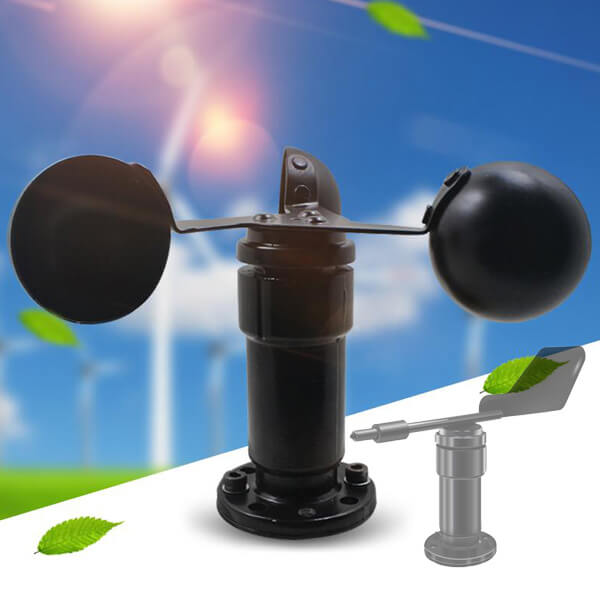Selecting the Right Garden Water Connectors: Tips, Types, and Installation Guidelines


In the realm of gardening, where nature’s artistry intertwines with human care, a seamless irrigation system stands as the lifeline, ensuring that plants and lawns receive the vital hydration they need to thrive. At the heart of this system lie the humble yet essential garden water connectors, the unsung heroes that connect hoses, sprinklers, and other components, orchestrating the smooth flow of water from source to destination. Embark on a journey into the world of garden water connectors, exploring their diverse types, essential considerations, and installation guidelines, transforming your irrigation experience into a symphony of efficiency.
Navigating the Maze of Garden Water Connector Types
As you venture into the aisles of hardware stores or browse online marketplaces, you’ll encounter a dazzling array of garden water connectors, each vying for your attention. To make an informed decision, it’s crucial to understand the distinct characteristics and applications of each type.
Threaded connectors, the most traditional type, feature male and female ends with external and internal threads, respectively. These connectors are renowned for their secure and durable connections, making them ideal for permanent installations.
Quick-connect connectors, also known as push-fit connectors, offer a convenient and hassle-free alternative. These connectors feature a locking mechanism that allows for quick attachment and detachment without the need for tools.
Specialty connectors, designed for specific purposes, cater to unique irrigation needs. Barbed connectors, with sharp teeth that pierce the hose wall, are ideal for attaching hoses to sprinklers or other components. Compression connectors, utilizing a compression sleeve and nut, provide a tight seal for rigid pipes.
Decoding the Factors that Shape Your Choice
Selecting the right garden water connectors is not a mere whim; it’s a strategic decision that aligns with your irrigation needs and preferences. Several factors demand careful consideration to ensure you find the perfect match.
Size: Let the size of your connectors be dictated by the diameter of your hoses and the thread size of the water source or irrigation components. Ensure a mismatch-free connection to prevent leaks and ensure optimal water flow.
Material: Durability, corrosion resistance, and weather tolerance are key considerations when choosing connector material. Brass, renowned for its strength and longevity, is a popular choice. Plastic, lightweight and affordable, is suitable for temporary use. Stainless steel, offering superior corrosion resistance, is ideal for outdoor applications.
Features: Additional features can enhance your irrigation experience. Leak-proof gaskets prevent water loss, swivel connections eliminate hose twisting, and integrated filters protect against debris.
Brands that Elevate the Garden Water Connector Experience
In the realm of garden water connectors, certain brands stand out as beacons of quality and performance, earning the trust of gardeners worldwide.
Melnor, a renowned American brand, is celebrated for its innovative designs and user-friendly features. Their connectors are known for their leak-proof seals, swivel connections, and ergonomic grips.
Gilmour, another American stalwart, has garnered a reputation for its durable construction and reliable performance. Their connectors are crafted from high-quality materials and feature rugged designs to withstand demanding use.
Dramm, a family-owned American company, prides itself on crafting premium connectors using the finest materials. Their connectors are known for their exceptional durability, corrosion resistance, and weather tolerance.
Gardena, a German company with a global presence, brings its expertise in engineering and design to the garden water connector market. Their connectors are known for their innovative features, sleek designs, and European quality.
Nurturing Your Garden Water Connectors to Longevity
Like any faithful companion, your garden water connectors deserve proper care and attention to ensure a long and fruitful partnership. By following these simple guidelines, you’ll extend the life of your connectors and keep them performing at their best.
Cleaning: Regularly inspect your connectors for dirt, debris, and mineral buildup. Clean them periodically using a mild detergent and water solution to prevent corrosion and ensure smooth operation.
Inspection: Before each irrigation season, thoroughly inspect your connectors for leaks, cracks, or signs of wear and tear. Replace any damaged connectors promptly to prevent water loss and potential damage to your irrigation system.
Storage: When not in use, store your connectors in a cool, dry place away from direct sunlight and extreme temperatures. This prevents the connectors from cracking or becoming brittle.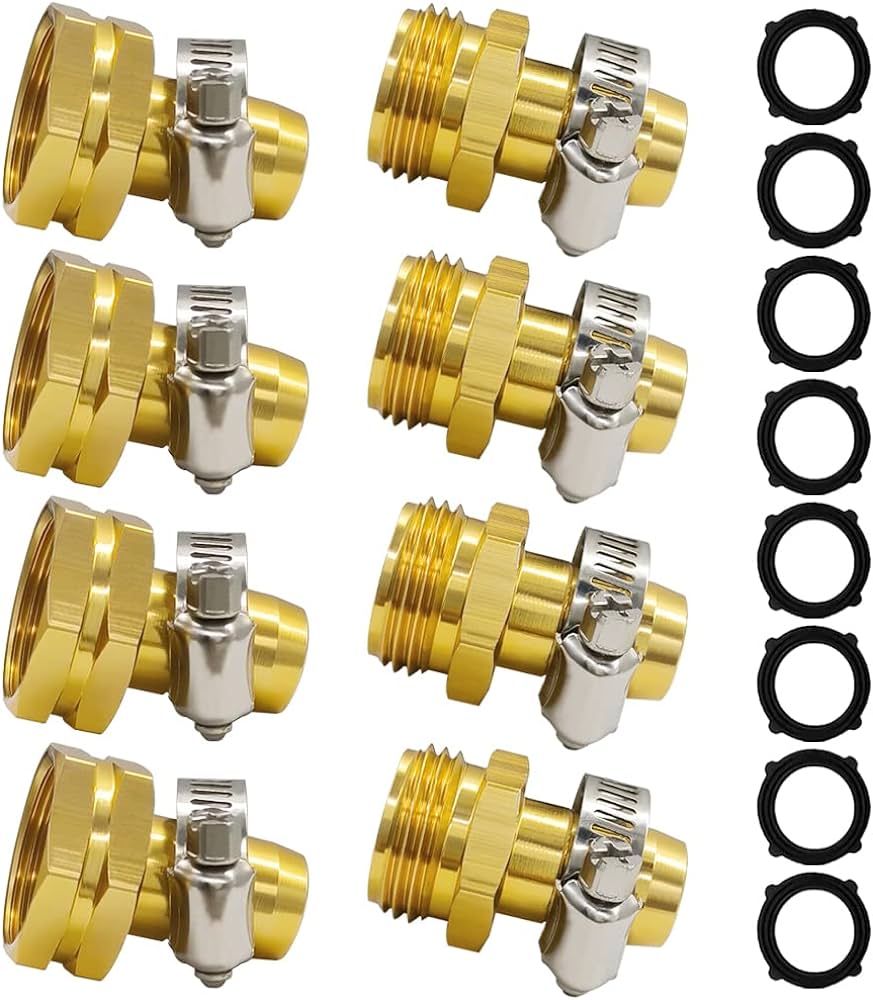
Troubleshooting: Conquering Garden Water Connector Woes
Even the most faithful garden water connectors can encounter occasional challenges. Here’s a roadmap to navigate common problems and restore your connectors to peak performance.
Leaks: Identify the source of the leak by inspecting the connector for damaged gaskets, loose threads, or cracked fittings. Tighten loose connections, replace worn gaskets, or use sealant on threaded connections to stop leaks.
Loose Connections: Tighten loose connections using wrenches or pliers. Avoid overtightening, as this can damage the connector or hose. If the connection remains loose, replace the connector.
Restricted Water Flow: Remove any Restricted Water Flow: Remove any debris that might be lodged within the connector by flushing it with clean water. If the issue persists, the filter (if present) might be clogged. Clean or replace the filter to restore normal water flow.
Safety First: A Gardener’s Pledge
Safety is paramount when wielding your garden water connectors. Here are some precautions to keep in mind:
Water Pressure: Exercise caution when dealing with pressurized water systems. Leaks or loose connections can cause forceful water sprays that can lead to injuries. Turn off the water supply before starting any maintenance or repairs.
Electrical Hazards: Keep your connectors away from electrical cords and power tools to prevent potential shocks. Disconnect electrical devices before connecting or disconnecting hoses.
Supervision: Supervise children and pets around running water to prevent accidents or unsupervised water play.
A Universe of Garden Water Connector Accessories
A plethora of garden water connector accessories awaits to enhance your irrigation experience and transform your connectors into multifunctional tools.
Adapters and Reducers: Utilize adapters and reducers to connect components with different thread sizes, ensuring seamless compatibility within your irrigation system.
Extensions: Invest in hose extensions to connect distant watering points or expand the reach of your hose without the need for additional connections. This minimizes leaks and simplifies watering tasks.
Shut-off Valves: Install shut-off valves at strategic points in your irrigation system to control water flow to specific areas or isolate sections for repairs. This allows for targeted watering and simplifies maintenance.
The Final Bloom: A Garden Water Connector Odyssey Concludes
By demystifying the world of garden water connectors, from their various types and features to essential care and troubleshooting techniques, you are now equipped to make informed decisions and utilize your connectors effectively. Remember, the right connectors, coupled with proper care and maintenance, become the silent heroes of your irrigation system, ensuring a smooth flow of life-giving water to your cherished plants and lawns. Explore the vast array of connectors and accessories available, and embark on a journey of creating a thriving oasis, all thanks to the silent but essential heroes – garden water connectors.
Bonus: Unveiling Additional Resources
To further enhance your irrigation expertise, delve into the following resources:
- Online garden water connector reviews and comparisons to identify the perfect connectors for your needs.
- Irrigation system guides packed with valuable tips on system design, component selection, and installation techniques.
- DIY garden water connector repair tutorials to equip you with the knowledge to tackle minor connector issues.
- Reputable gardening websites and forums to connect with fellow gardening enthusiasts and glean valuable insights on irrigation best practices.
- Local hardware stores staffed with knowledgeable experts who can offer personalized advice and recommendations on garden water connector selection and installation.
With this wealth of information at your disposal, you are well on your way to becoming a garden water connector maestro, ensuring your irrigation system functions flawlessly, transforming your garden into a haven of flourishing beauty.


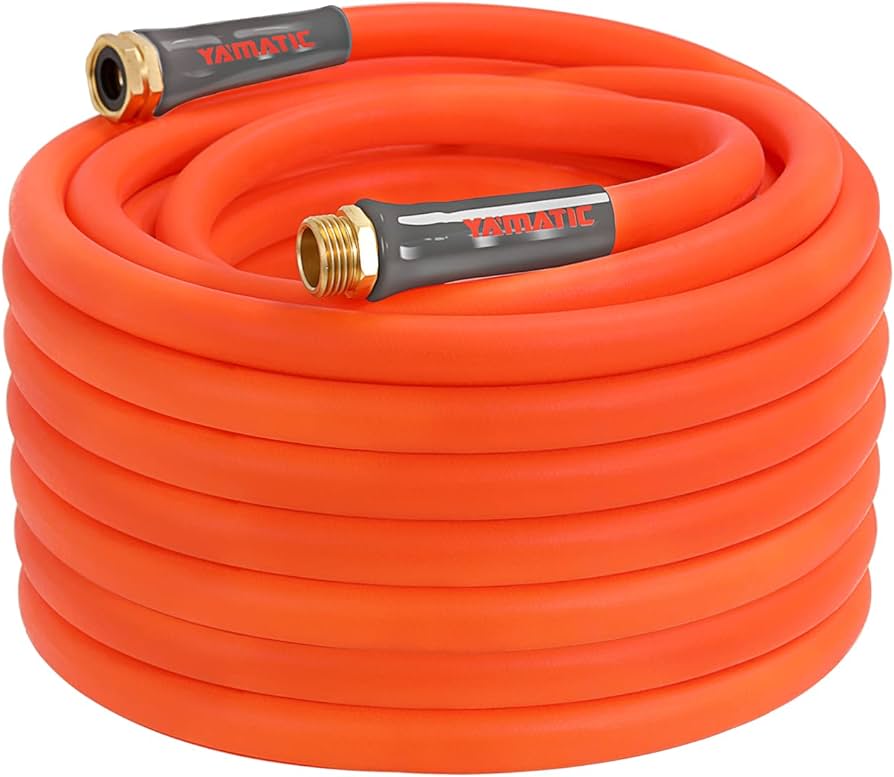






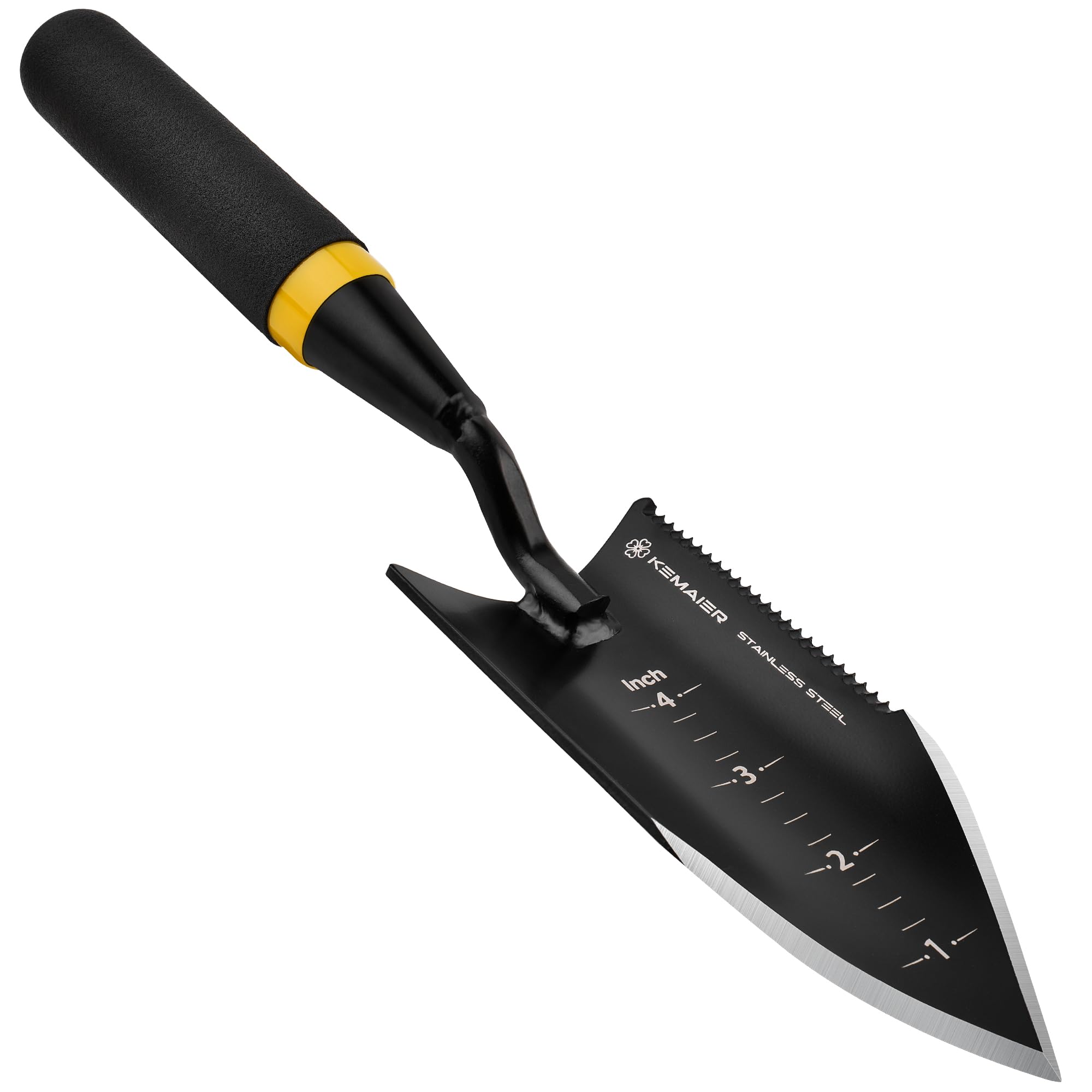

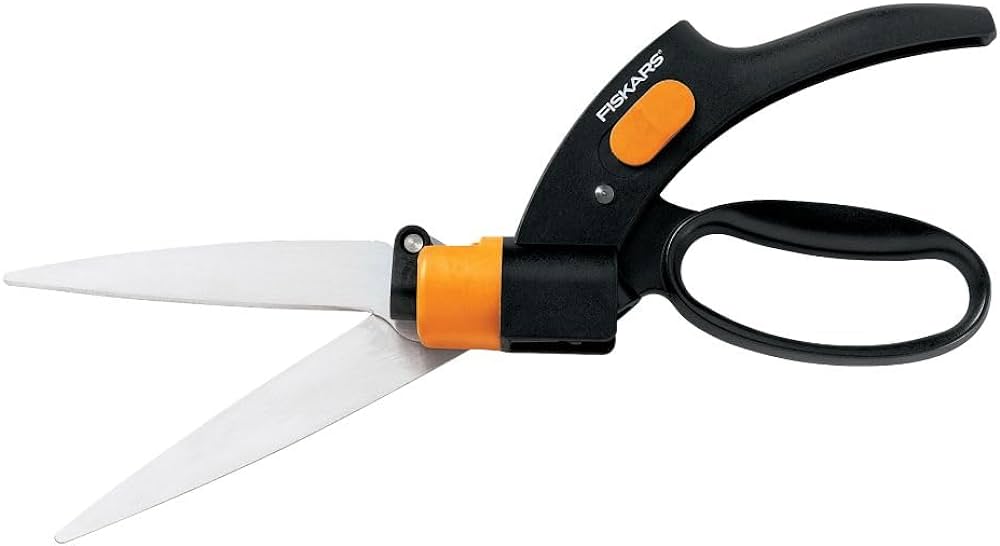


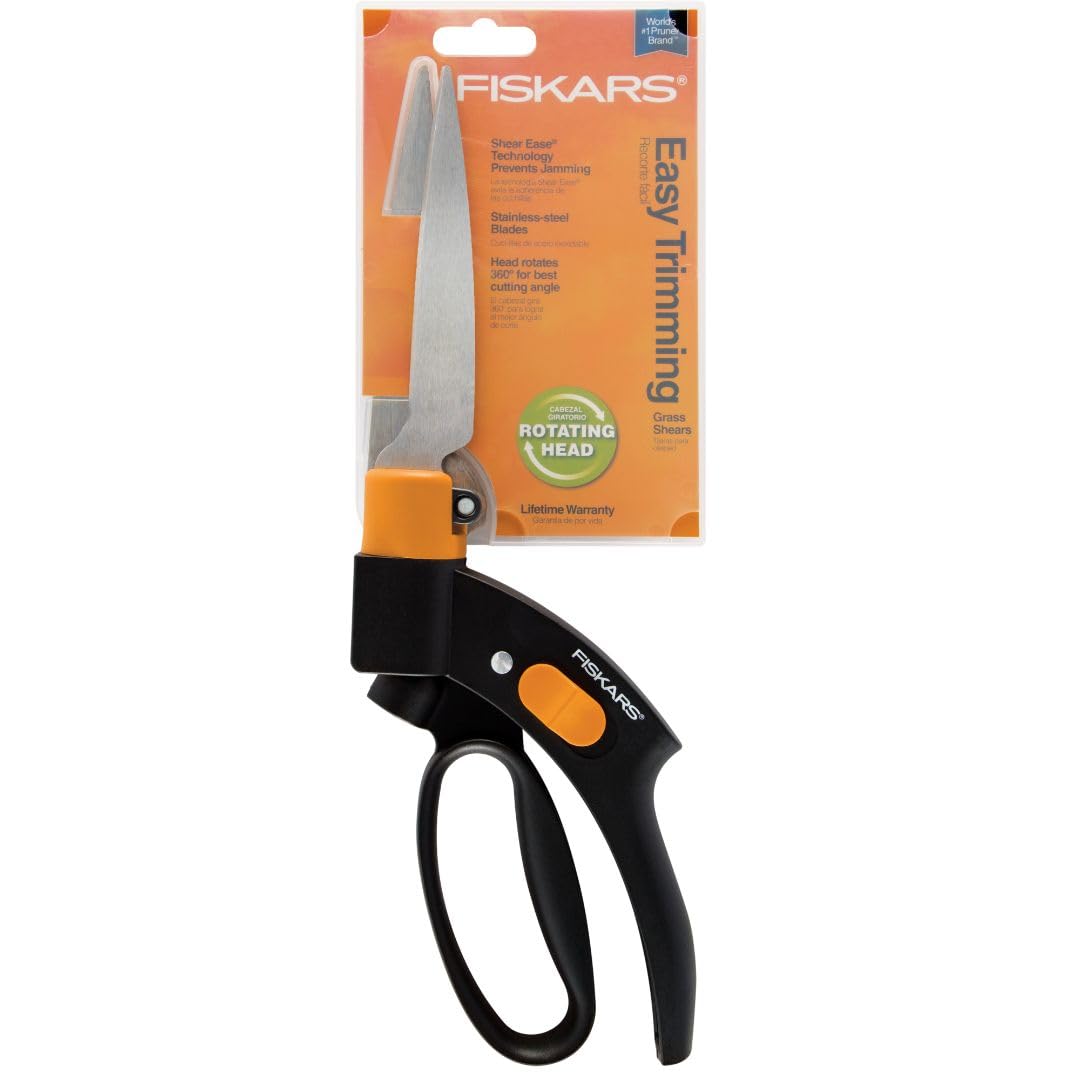

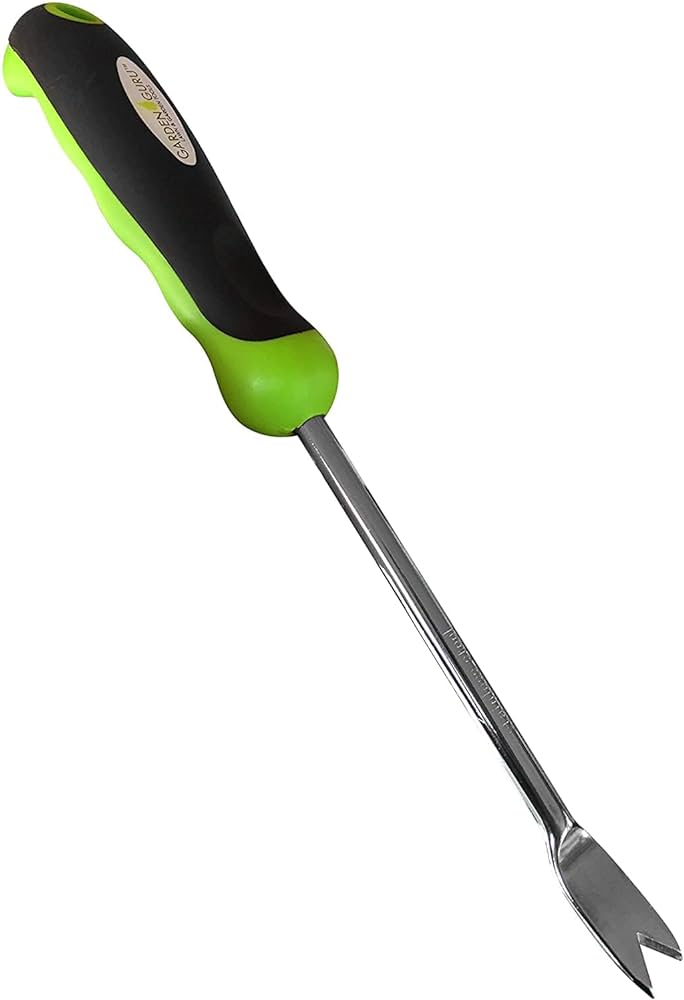




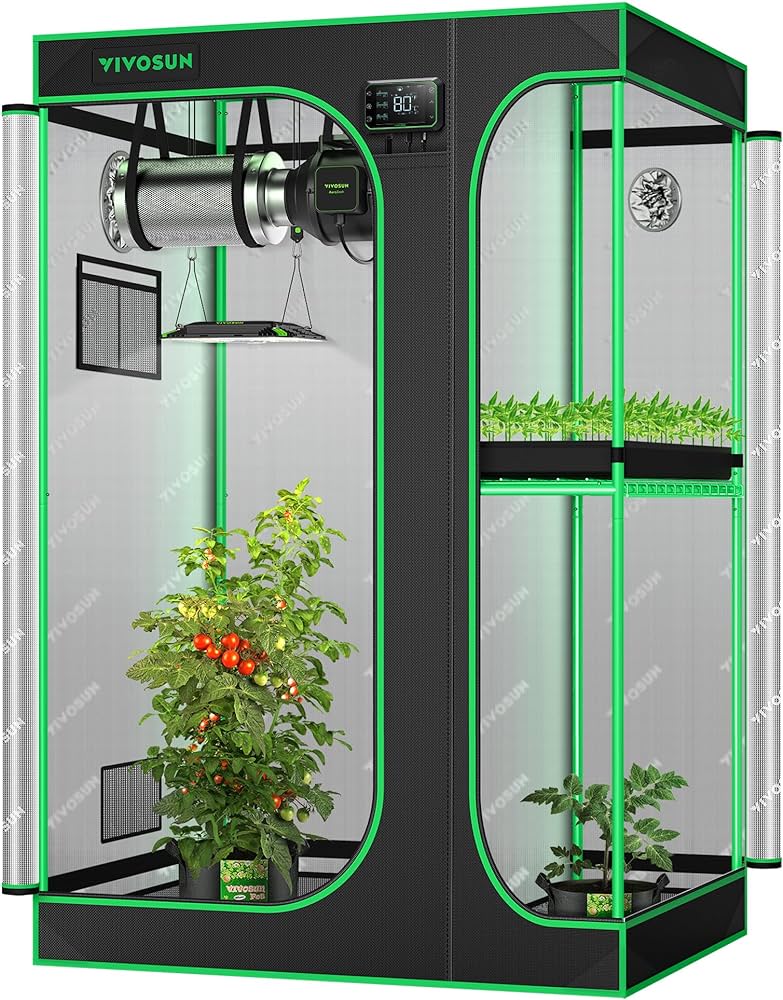




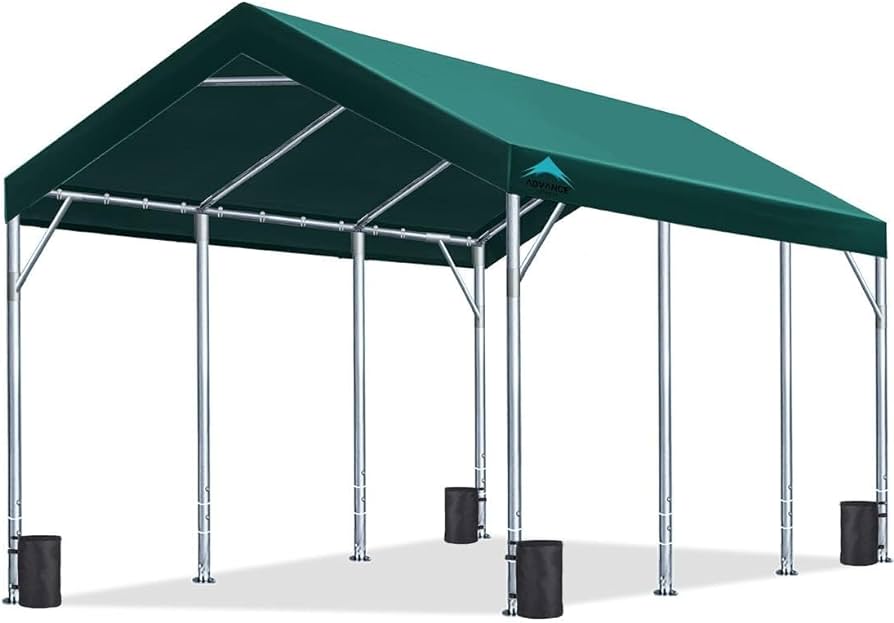


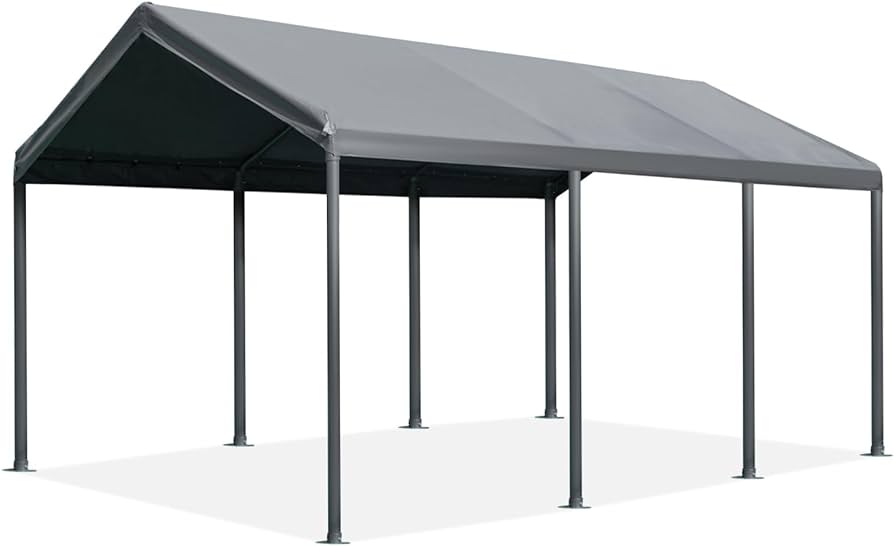

 I. Introduction
I. Introduction
